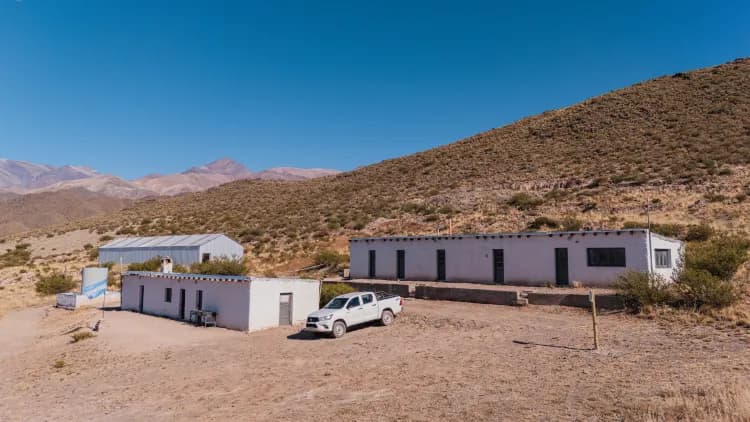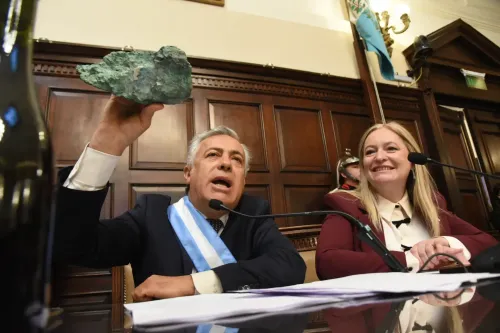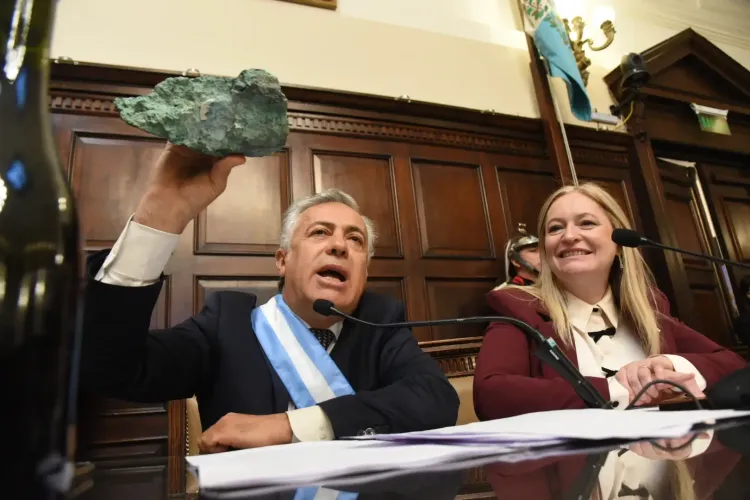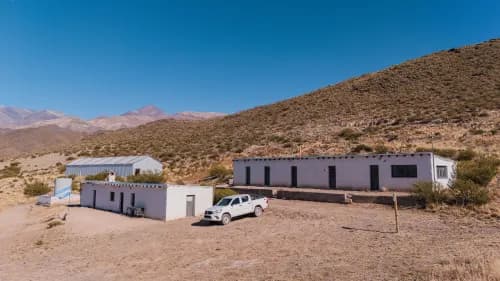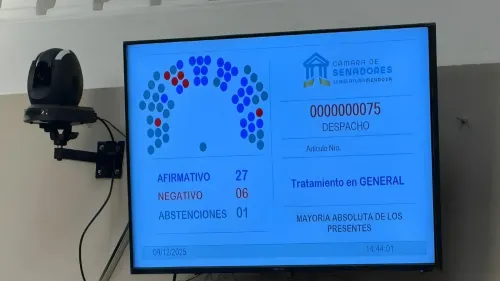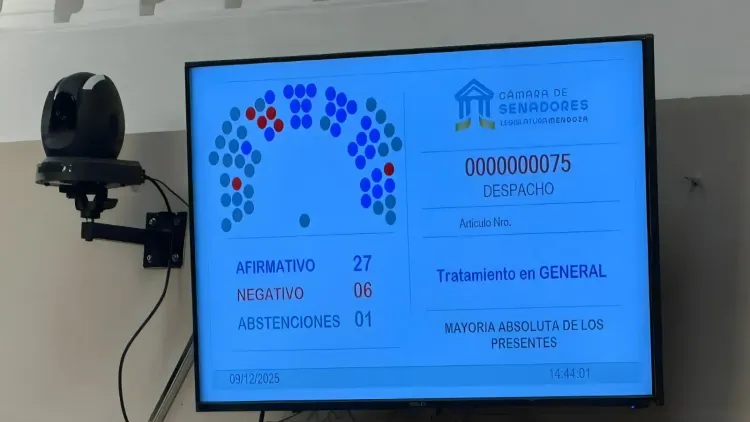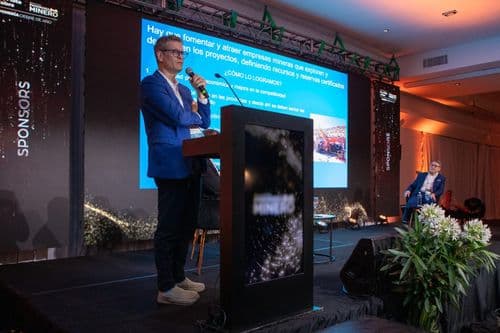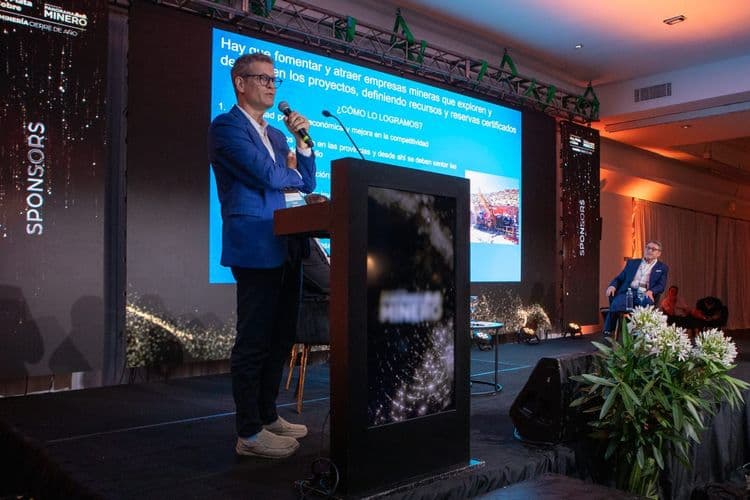The provincial government has signed an agreement for the potential financing of infrastructure works that are key to the development of the potash deposit located in Malargüe.
By Panorama Minero
Mendoza is seeking ways to revive the long-delayed Potasio Río Colorado (PRC) project—a site with enormous potential that has remained paralyzed since 2013, mainly due to a formidable logistical challenge: how to transport the mineral from the mine, located about 470 kilometers from the city of Malargüe, to a port or final destination. In a strategic shift, the province has turned its attention to Brazil—a major agricultural powerhouse with a high demand for fertilizers and a key trade partner—in search of a joint solution.
The project, initially owned by Brazil’s Vale until 2020, came to a halt due to political issues and difficulties advancing rail infrastructure. These complications were compounded by a significant drop in potash prices, which led Vale to suspend the project in 2013. It remained frozen until the company transferred it to the Government of Mendoza in 2020.
Today, the mine is operated by Compañía Minera Aguilar S.A. (part of the Integra Capital Group), in partnership with Brazilian firm ARG, following an agreement finalized at the end of 2023. So far, a pilot plant has been launched, with a promised investment of US$$1 billion aimed at producing 1.5 million tonnes of potash per year. The original plan for the deposit envisioned a production of around 7 million tonnes annually, with the mineral to be transported via a specially built railway from the mine in Malargüe to the port of Bahía Blanca.
Brazil as a Source of Financing and Destination for the Mineral
From the outset, logistics—especially transportation—has been one of the main challenges to resolve. For this reason, the governor of Mendoza, Alfredo Cornejo, led a high-level meeting with Cleber Oliveira Soares, Deputy Executive Secretary of Brazil’s Ministry of Agriculture and Livestock. The meeting took place within the framework of a Memorandum of Understanding (MoU) signed in December 2024. During the talks, Mendoza and Brazilian authorities not only discussed the development of PRC as an opportunity for productive integration, but also examined in detail financing options for three key infrastructure works: a power transmission line, an access road, and the reconstruction of railway branches to connect Malargüe with major logistics and port corridors. The latter is, without doubt, a critical point in unlocking the project’s full potential.
Getting the mineral to its destination is undeniably one of the most crucial factors for the success of this potash mine, albeit at a much smaller scale than originally envisioned. Once seen as a major hope for Mendoza’s development, PRC still faces significant hurdles due to the lack of efficient rail connections, as well as the need to build a transmission line and access road—challenges that remain unresolved.
The ongoing efforts by the Government of Mendoza are therefore essential to realizing the commitments made by Minera Aguilar regarding PRC. Although the provincial government regained 100% ownership of PRC from Vale at the end of 2020, the process of finding a new investor took time. Following an international selection process, on September 12, 2023, then-governor Rodolfo Suárez signed the Share Transfer Agreement with Minera Aguilar and ARG.
Minera Aguilar Potasio S.A., together with its partner ARG, now holds 88% of the shares in Potasio Río Colorado S.A.U., while the province of Mendoza retains the remaining 12%. These shares were transferred to Impulsa Mendoza Sostenible S.A., a vehicle created by the provincial government to promote sustainable mining development.

A Failed Project
The original PRC project experienced a history of significant projected investment increases before being halted. When Vale first acquired the project, the estimated investment stood at approximately US$5.9 billion.
As construction progressed and cost reassessments were made—particularly regarding logistics such as rail and port infrastructure—the projected figure soared. Some sources suggest that the estimate reached as high as US$10.9 billion, and even US$11 billion at one point.
By the time Vale exited the project, it had reportedly invested between US$1.5 billion and US$2.9 billion.




